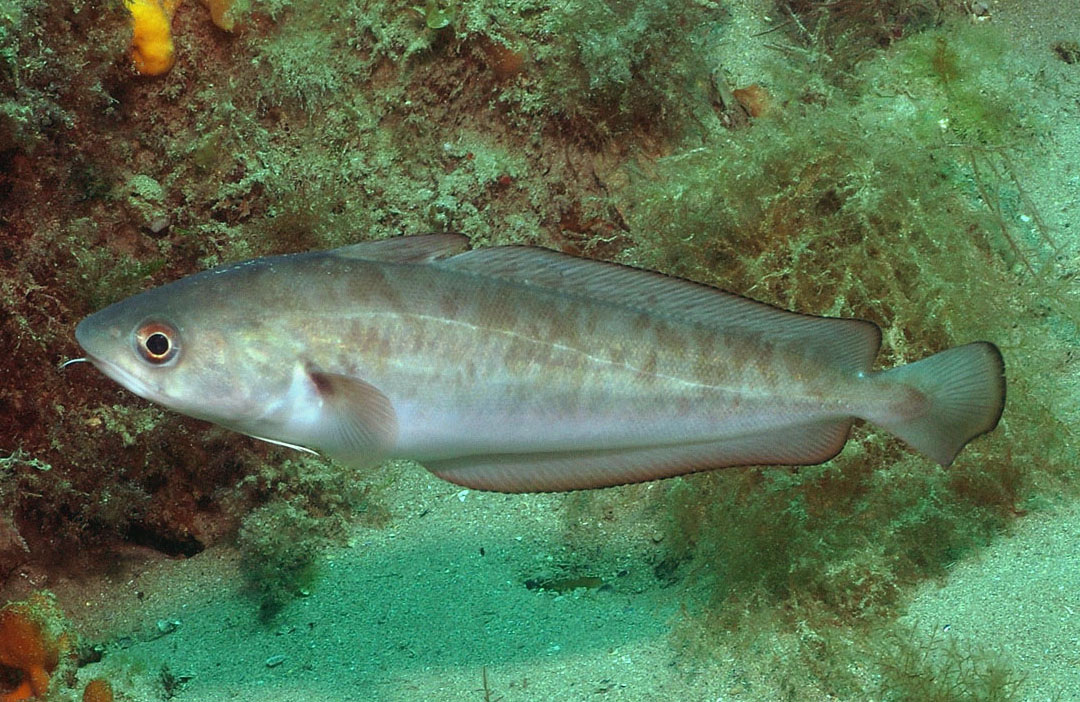Media release
From:
The commercially fished Red Cod Pseudophycis bachus is shown on the basis of both morphological and genetic evidence to be confined to New Zealand waters. The separation of the closely related but distinct Australian cognate brings the total number of species in the Australasian genus Pseudophycis to four.
The Pseudophycis genus has long been thought to be comprised of three species, all confined to the temperate waters of Australia and New Zealand. Undertaking a deep dive into genetic records and museum fish specimens, researchers from Museums Victoria and Museum of New Zealand Te Papa uncovered a surprisingly involved detective story amongst this genus, leading them to provide a name for the endemic Australian Red Cod.
The name Physiculus palmatus is demonstrated to have been originally proposed for the Red Cod endemic to Australia back in 1872, thought to have been a junior synonym of Bearded Rock Cod Pseudophycis barbata. Using an old museum specimen, this review shows that Physiculus palmatus is not Pseudophycis barbata with which it has been synonymised by several authors, but instead the same species as the red cod from Australia. A new combination name, Pseudophycis palmata, has been given to the Australian fish, making Pseudophycis bachus endemic to New Zealand.
‘It’s not often that we have an engaging detective story to go with a new name for a fish we find in our local seafood market,’ says Dr Martin Gomon, senior curator of ichthyology at Museums Victoria and lead author of the study.
Red Cod is sold in markets in both Australia and New Zealand. They are included as non-targeted bycatch in Australia, while the New Zealand cognate is a target species. They are consumed in both countries but are of higher consumption in New Zealand.



 Australia; New Zealand; VIC
Australia; New Zealand; VIC


